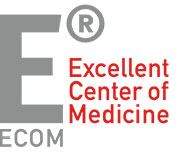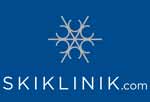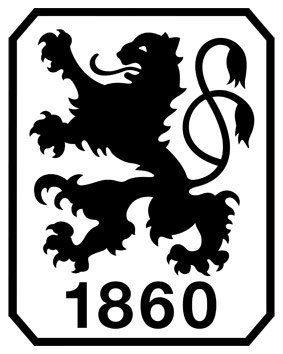| Fracture of the Ankle Joint |
|
Ankle joint fracture (ankle joint break, calf bone break = fibula fracture/ shin bone break = tibia fracture/ trimalleolar fracture/ Weber A, B, C fracture)
|
Breaks in the region of the tibia and fibula belong to the most frequent injuries to people. These are always noticed by the patient. They generally occur from an accident with a high impact of force. Alongside the bony injury, there is often a twisting of the ankle mortise joint due to the impacting energy. With this, injuries to the soft-tissue structures can also frequently occur. Here the anterior syndesmosis and the interosseous membrane are particularly at risk, as they stretch between the tibia and fibula and are responsible for the stability of the ankle mortise joint.
In order to measure the extent of damage, conventional x-rays of the ankle joint in two plains are firstly carried out. If based on the clinical examination in accordance with the x-rays, an involvement of the ligaments and soft-tissues (especially the syndesmosis and the interosseous membrane) is probable, an MRI scan is needed in order to plan the operative procedure.
|
Therapy
|
In the case of an ankle joint break, a movement of the joint surface nearly always occurs. As long as this movement is not treated, pressure on the joint after the healing of the break can lead to damage to the joint surface and the development of arthritis. In order to avoid long term damages, the restoration of the anatomical joint relationships is therefore essential during the therapy of ankle joint breaks. Exempt are those patients who are unable to be operated on due to reasons such as the use of medication, old age or severe accompanying diseases. Children which display malpositions which are self-correcting to a specific degree, can frequently avoid an operation.
The therapy standard is the stabilisation with plates and screws (ORIF = open reduction and internal fixation). Here the break is exposed and the ideal positioning of the joint is restored under direct view. This positioning will be secured with a fixations system (plating and screwing). Additionally, the strength of the ligament structures can be examined intra-operatively.
|
Aftercare
|
| A 90° cast is normally worn after the operation until the removal of the suture. The joint can already be moved during these phases. However, this has be undertaken by the physiotherapist; lymph drainage can also be undertaken. After the removal of the suture, a progressive weight-bearing can be undertaken until the end of the 6th week. After the 6th week, with radiological evidence of bony stability, full weight-bearing is allowed.
|
Ability to work
|
| The recommencement of light office work can occur after 1 to 2 weeks.
|
Ability to do sport
|
| At this time, initial medical machine training and subsequent competition training with an increase in weight-bearing can be restarted, so that unrestricted competition fitness can be achieved after the 12th week.
|
|
|
SPECIALISED ORTHOPAEDIC SURGERY, ARTHROSCOPY, SPORT TRAUMATOLOGY, AND REHABILITATION
Arabellastr. 17
81925 Munich
Germany
Tel: +49. 89. 92 333 94-0
Fax : +49. 89. 92 333 94-29
Diese E-Mail-Adresse ist gegen Spam-Bots geschützt, Sie müssen Javascript aktivieren, damit Sie sie sehen können.
Dr. Erich H. Rembeck
Impressions of the ER Centre for Sport Orthopaedics in Arabellapark.
>> Photo Gallery
|










